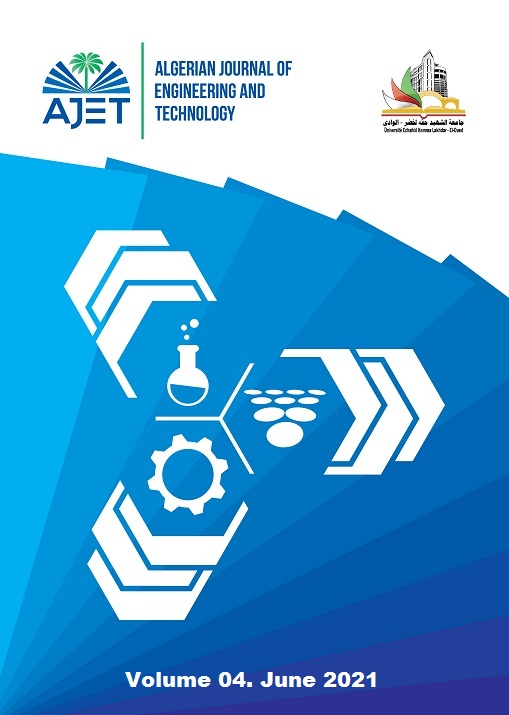
Algerian Journal of Engineering and Technology
Yazarlar: ["Djamel Ghernaout", "Noureddine Elboughdiri", "Ramzi Lajimi"]
Konular:-
Anahtar Kelimeler:Legionella,Opportunistic pathogens,Pontiac fever,Legionnaires’ disease,Water treatment,Disinfection by-products
Özet: Legionella pneumophila is an intracellular pathogen, omnipresent in the nature and seen as opportunistic. It is the main source of legionellosis that can take place in its nonpneumonic form (Pontiac fever) and acute pneumonic form (Legionnaires’ disease). In the aquatic systems, L. pneumophila can conquer and remain alive intracellularly in different protozoans. The faculty to multiply inside biofilms gives more safeguard from natural stresses like disinfection. Human contagion by L. pneumophila happens following the inhalation or aspiration of aerosols carrying the pathogen. This work defines microbiologically Legionella bacteria and presents a brief history relating to their first discovery and following contagions, a short description relating to their metabolism and physiology, a discussion of their clinical characteristics and their subsistence in the nature and growth in a biofilm, and a general examination of numerous technologies employed for their removal. The spread of opportunistic pathogens (OPs) remains the most significant feature of microbial potable water quality besides the generation of disinfection by-products (DBPs). The (re)growth of OPs and the production of DBPs in urban engineered water systems both closely correlate with the injections or concentrations of disinfectant residuals. Nonetheless, OPs and DBPs respond to disinfectant residuals frequently oppositely. An elevated residual concentration efficiently suppresses the (re)growth of OPs while intensifies the production of DBPs. Oppositely, a low or “detectable” disinfectant residual level decreases the generation of DBPs but could not stop OPs from thriving. To guarantee that the overall or combined health risks of OPs and DBPs are minimum, OP (re)growth and DBP generation must be deeply revised while selecting a practical disinfectant residual dosage or level.